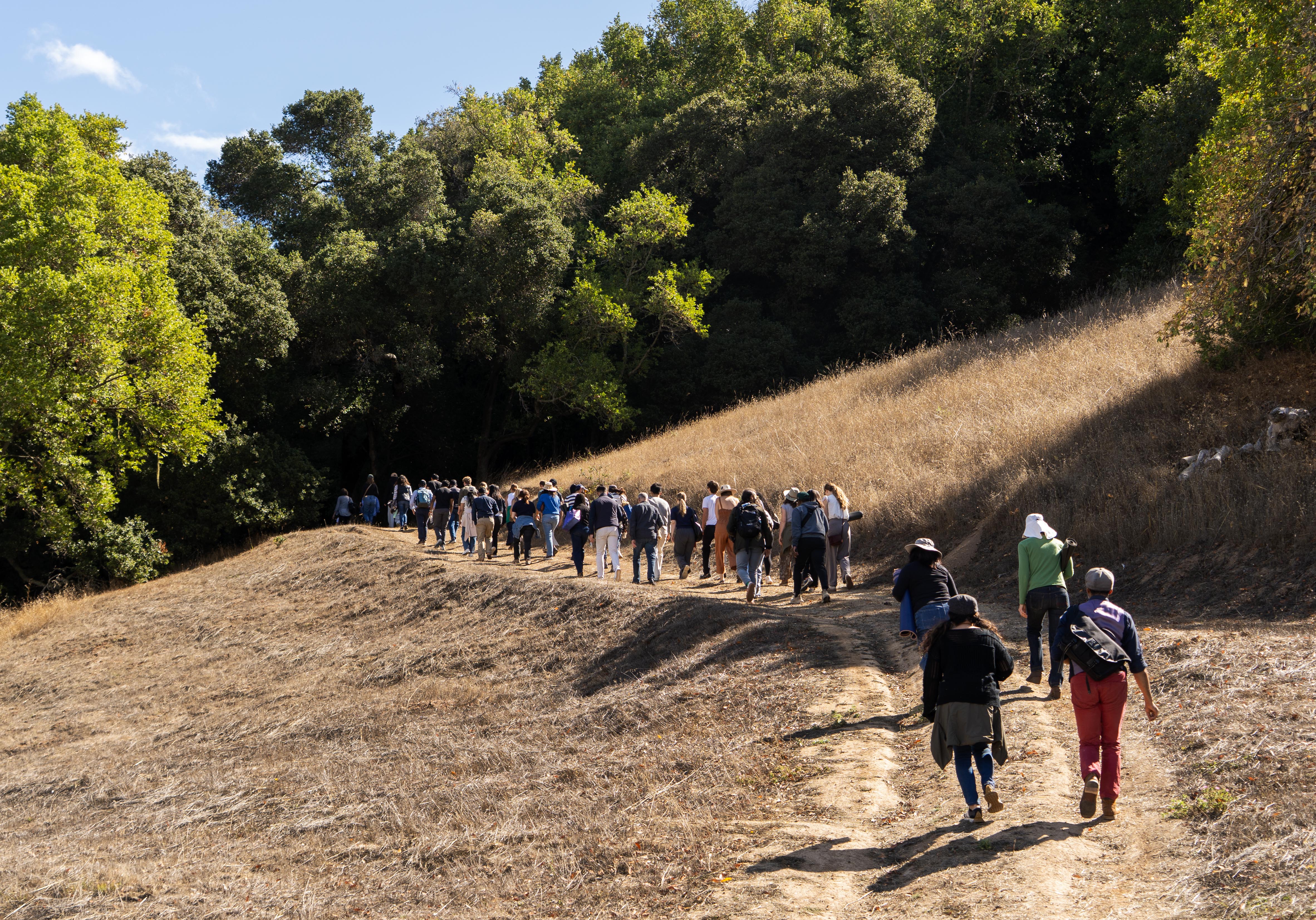How Influencer Marketing Changes the Game in MarCom
Communications has come a long way since the days when press releases were printed and pitched to outlets via snail mail. The dot-com boom and emergence of email in the 1990s changed the game forever. Even when I started my communications career in 2012, cold-calling journalists with pitches was the norm. Now, that practice is basically obsolete; in fact, you might even get blocked for doing it.
Flash forward to today, when social media rules everything around us. The growing popularity of Facebook in the early 2000s — soon followed by the stampede to rival platforms like Twitter/X, Instagram, TikTok and Threads — has led to the mind-boggling reality of 4.8 billion people on social media. That’s more than half the people on the planet! And they’re spending more time on these platforms than ever before – so much so that folks are intentionally setting limits on their personal social media usage to avoid falling into the black hole of passive scrolling.
As social media usage shot through the roof, it was only a matter of time before brands began to monetize those platforms with their incredible access to consumers. This jumpstarted an entirely new industry – what we know today as the Creator Economy – and launched the concept of becoming a content creator, or influencer, as a newfound career for many.
Similar to the role of media, influencers act as third-party validators for products and services. When someone you follow – or perhaps even aspire to be like – loves a particular product, you want to have it! And with features like Instagram’s Checkout for “one-click” purchases, buying that product has never been faster or simpler.
The massive shift in how people are influenced today has led marketing and communications pros like ourselves to consider influencer marketing as not just an additive piece – but a crucial strategy – to campaigns. The overarching goal for any campaign is to meet target audiences where they are; to be featured in places where they read and can ultimately be influenced. For many brands, social media is now one of those places – and reaching people there has become a key piece of the marketing strategy.
And the more places a consistent message hits, the better it resonates with an audience. For example, when launching a new product for a client, we want that launch message to hit in the traditional places (like online, print and broadcast media) and non-traditional places (like podcasts and industry newsletters) – all at the same time for the highest impact. Social media is a key ingredient of the non-traditional pie.
Working with influencers today has become a bit like working with traditional media. We’ve hosted press trips and launch parties with a healthy mix of press and influencers – like the launch event we planned for Imagine Picasso: The Immersive Exhibition. And other events that are solely dedicated to influencers. We send products to influencers – like Fellow’s Opus Conical Burr Grinder – just like we always have with media.
But with any emerging industry, engaging with influencers is still a bit like the Wild Wild West; few industry standards have emerged to become the norm. Outreach and communication practices differ vastly across the industry, and things like budget and scope are often up for negotiation. Sometimes influencers are paid, sometimes they aren’t. It’s ever-evolving – and in my opinion, that’s what makes it fun and interesting.
Let’s be clear – traditional comms practices are still immensely important. Depending on the product, they may be more important. But layering influencer marketing into a traditional marketing and comms strategy can be the key to unlocking new customers in today’s landscape.
Are you looking to add influencer relations into your media and digital marketing strategy? Let us know how we can help!







